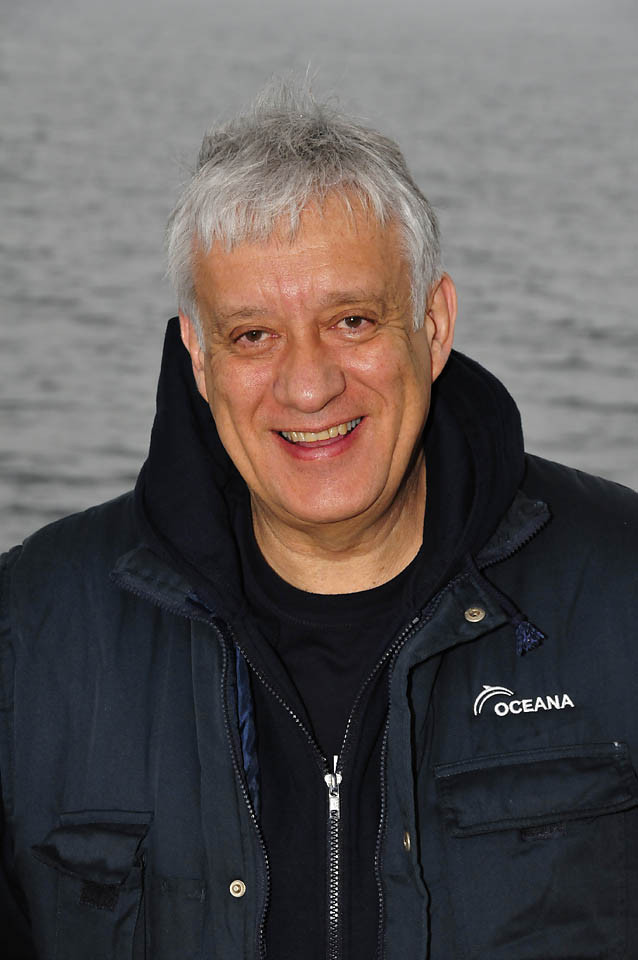May 7, 2012
Klints Bank and East of Gotland, a future MPA in the heart of the Baltic Sea
 In the past few days, Oceana has been working in the area around the Klints Bank, in the center of the Baltic Proper and in the shallow areas east of the Island of Gotland, to identify biological communities. We plan to provide this information to the Swedish Government so they can designate it as a protected area. Since we also studied the area during last year’s expedition, we have managed to accumulate a comprehensive amount of information on what should become one of the most important coastal and offshore MPAs in the Baltic Sea.
In the past few days, Oceana has been working in the area around the Klints Bank, in the center of the Baltic Proper and in the shallow areas east of the Island of Gotland, to identify biological communities. We plan to provide this information to the Swedish Government so they can designate it as a protected area. Since we also studied the area during last year’s expedition, we have managed to accumulate a comprehensive amount of information on what should become one of the most important coastal and offshore MPAs in the Baltic Sea.
Klints bank, known being visited by big pelagic species like swordfish and sunfish, is also the only bank surrounded by depths of over 100 meters in the entire Baltic. We are working to figure out its previous levels of biodiversity as well as those of the entire Baltic sea.
In the shallowest areas around the Klints Bank, mussels and algae cover most of the rocks and provide substratum for hydroids, bryozoans and barnacles, while seagrass meadows spread across the sand and cobbles. Mussels have also been filmed as far down as 52 meters.
Our findings so far prove that the Baltic Sea environment can still maintain several important habitats. Crustaceans, worms and mollusks form most of the communities in the deep soft bottoms but even at 80 meters deep, you can still find cod, scorpion fish and flounder as well as rocky, sand, clay and muddy bottoms.
We also explored the area east of the large Gotland island, which boasts diverse environments: islands, banks, shallow and deep areas with different bottoms in compassion with other Baltic places where there is generally very little seabed and where bacteria is the only life that can be found below 50 meters.
We have identified the presence of juvenile cod as far down as 76 meters and we think it’s a great sign that we spotted them during all the dives performed in this area. We hope the eastern cod stock continues to recover and creating an MPA in this area would support that recovery.


